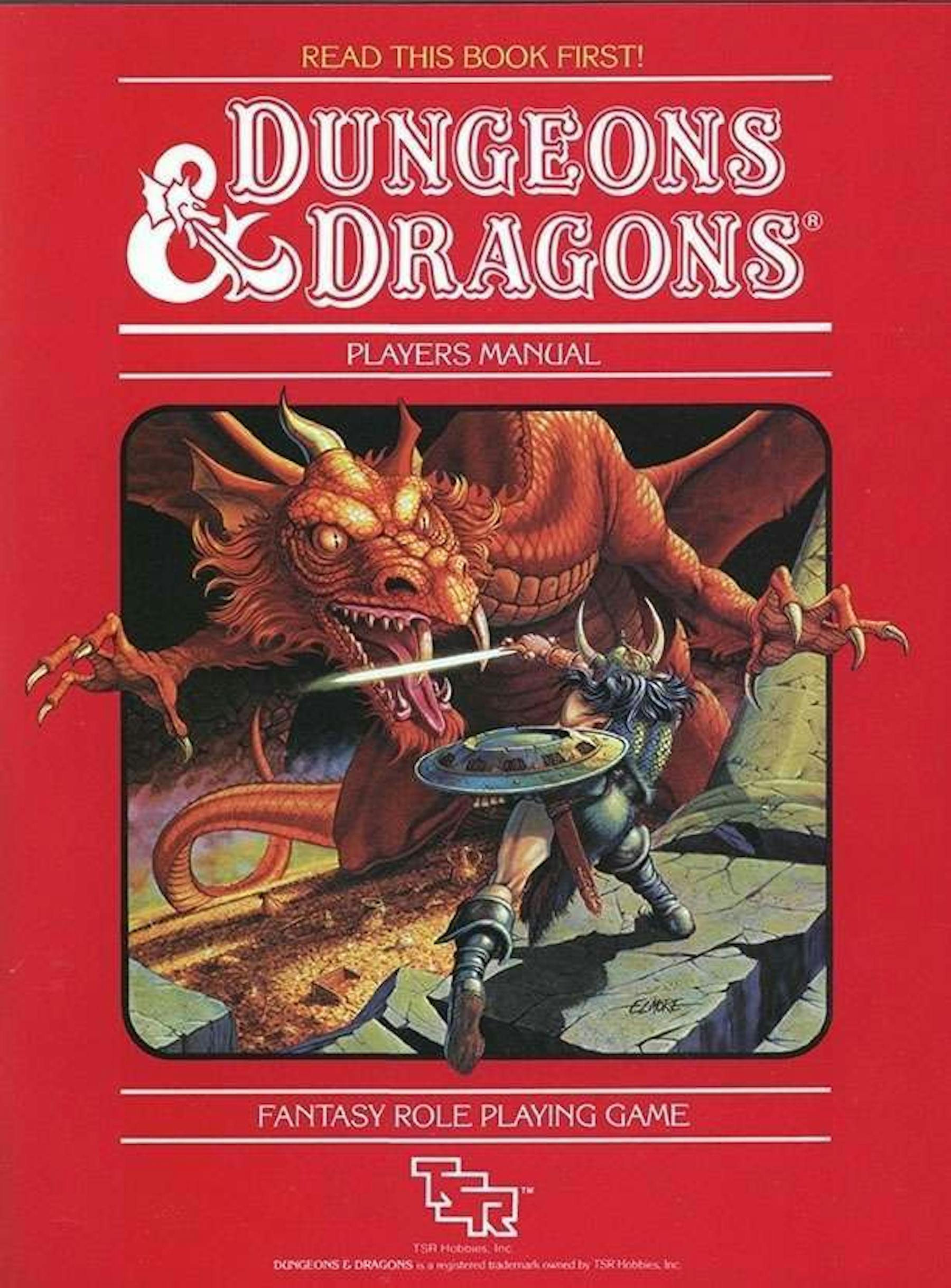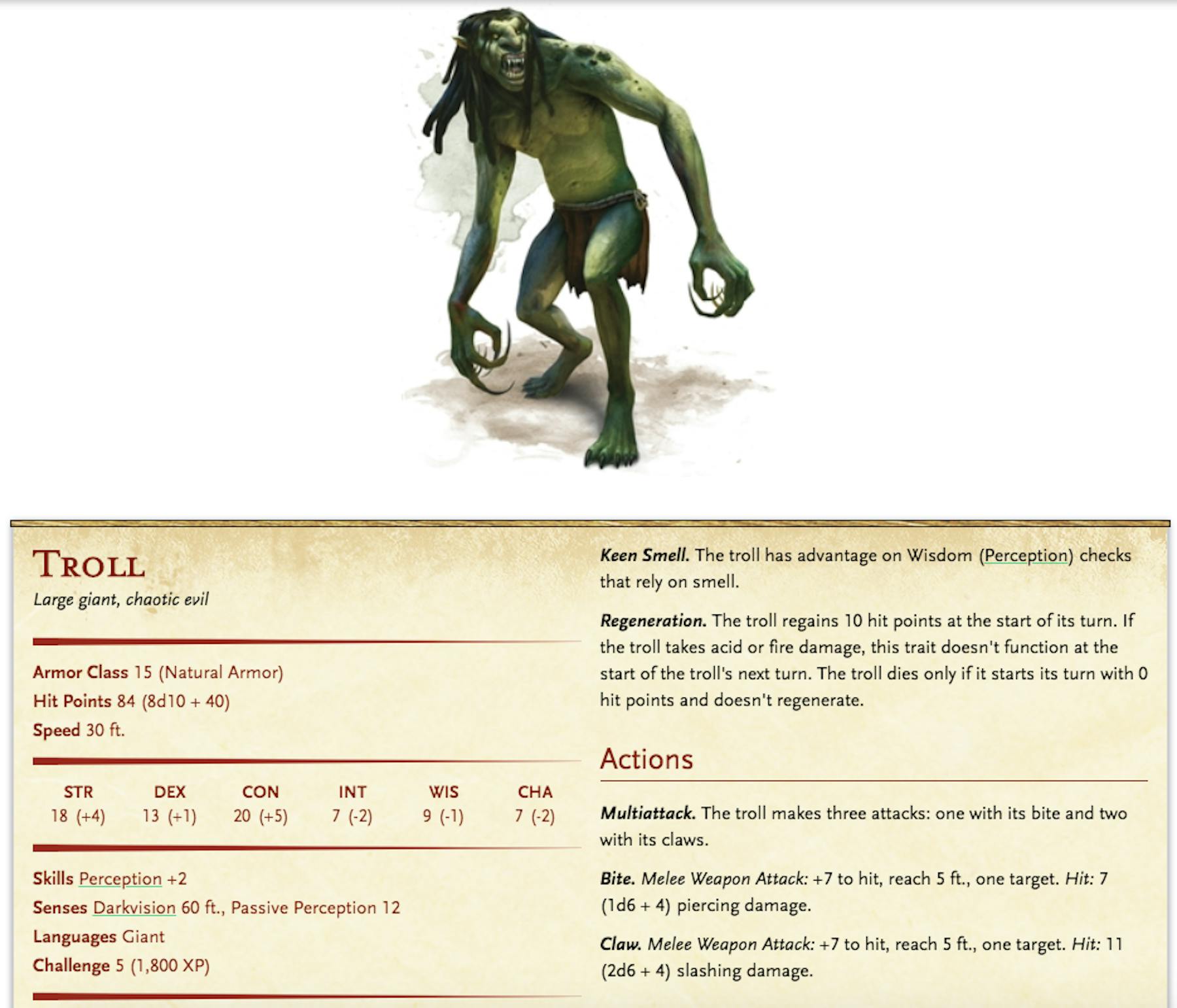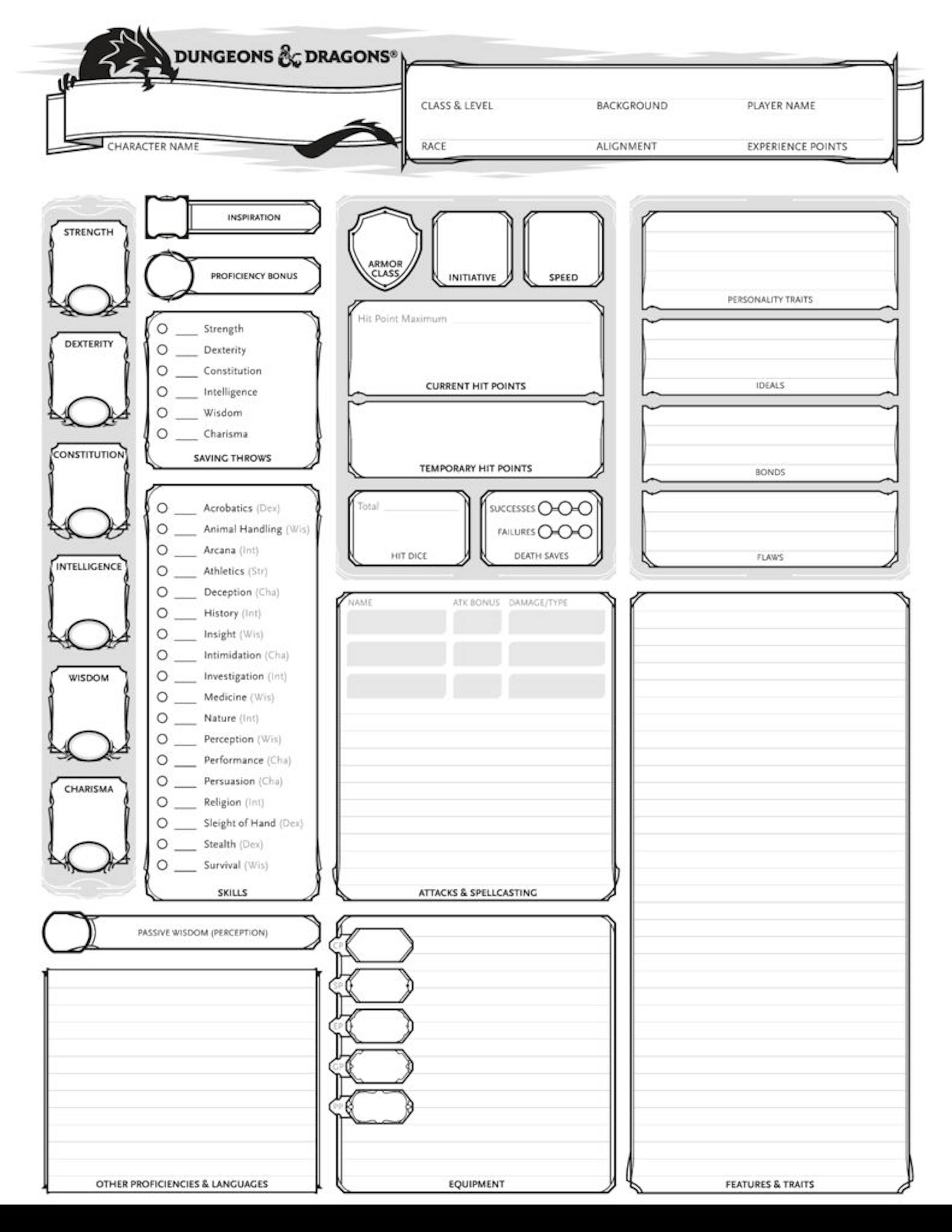You’ll likely know all about creating user personas by now. It’s an essential tool in any UX designer’s kit.
Your app or site will likely have thousands of users, so you can’t cater to all of their needs. However, if you create a fictional character that has lots in common with your customer base and then target your app at them, you’ll likely appeal to most of your users.
It’s not a complex concept, but there also isn’t a simple step-by-step process to follow, so it isn’t always obvious where to start. Even if you’re experienced and have your own methodology, there’s a pretty major risk of skewing your data with your own assumptions.
If you don't know where to start, Dungeons and Dragons can provide inspiration.

The rise of Dungeons and Dragons
Dungeons and Dragons is a complex board game that was created by Gary Gygax and Dave Arneson in 1974, and despite an almost unlimited number of variations and imitators, the game has remained the most popular of its type ever since. Players take on the role of a character in a medieval fantasy realm – barbarian warrior, sorcerer, thief, elf, etc – and form a party to go on a series of quests.
Taking on the combined role of opponent, referee, actor, and storyteller, is the Dungeon Master. The DM will describe the fantasy world of dragons and wizards that the players are inhabiting, narrating the plot of the story they undertake. They will also improvise the words spoken by the other characters the players meet in the world, as well as judging and enforcing the rules of the game.
Playing the game
Here’s a basic example of what happens in Dungeons and Dragons:
A DM might narrate how the party are all enjoying an evening of drinking in the local tavern of a medieval village. Then a villager runs in and screams that there is a monstrous troll creature attacking their home. One player might say that they can run outside and hack at the troll’s legs with their sword. The player’s skill with a sword might give them a rating of seven, while the troll might have an armor rating of 15 and health of 30.

The DM will ask the player to roll a twenty-sided die. Say the die comes up with a three, which will then be added to the player’s sword skill and the final figure will be 10, less than the troll’s 15. As such, the DM might say the barbarian trips over a rock and lands face first in the mud before they have chance to hit the troll.
Then another player might take a turn and decide to fire an arrow at the troll. Say they roll a 20; the DM might then say the arrow hits the troll right in the eye. The player will then roll again to see how much damage they did to the troll. If they roll a 12, the troll will then have only 18 life points left.
Normally, the players can deplete the troll’s life points until it is dead. Conversely, if a character dies, the player will need to create a new character from scratch. There’s an awful lot more to the game than this, but it’s this character-creation process is interesting from a UX perspective.
The character sheet
Every D&D player will need to fill in a character sheet, which will detail their character’s features and statistics. Some of these are chosen by the player, while others might be randomized by rolling a dice. Once the sheet has been filled in, the character will have a category and a number rating for their strength, dexterity, constitution, intelligence, wisdom and charisma, as well as their weapons, magic spells, personality traits, history and personal beliefs.

Infamously, the basic D&D system runs on a dual scale of good, neutral, and evil, and lawful, neutral, and chaotic. Chaotic-good might be a Robin Hood figure, breaking the rules for ethical reasons; while a lawful-evil character would be fascist; and a chaotic evil would be a terrorist.
Once you have the hang of this, there’s no limit to what you can do. You see, D&D isn’t limited to a fantasy world. Players have been using the rules to play a huge variety of games over the years. You can easily take the system and play a scifi adventure, a steampunk story, or a spy thriller.
How to create personas using Dungeons and Dragons
If you’re stuck on where to start with your personas, just download a D&D character sheet from a gaming site and fill a few in for your users.
In place of barbarian, elf and thief, you can substitute Millennial, Silver Surfer and Tech-savvy Teen. Get yourself a 20-sided die and roll to determine your archetype’s intelligence, technical skill and patience.
Next figure out if they’re "good" – from your client’s perspective; are they a loyal customer of the site or app, or are they hostile to it and need to be won over? Are they lawful and will follow your instructions, or will they revel in finding a way to break your site?
Once you have a range of character sheets that cover all your target users, play a game of Dungeons and Dragons. Have your Scrum Master be the DM and each of you can take on a user character. Then, run through your user journeys, and roll a die to determine success.
Unlike regular user stories, this will tell you what will happen if your site goes down, or if your user completely fails to see the right link or follow the instructions. Find out where your user journey goes when things don’t go according to plan.
Ultimately, creating characters and stories this way has been tested and perfected by D&D players for nearly 50 years, so it would be wise to take advantage of it. Even if it’s only as effective as traditional persona creation, this is at least way lot more fun.
Insights that drive innovation
Get our best human insight resources delivered right to your inbox every month. As a bonus, we'll send you our latest industry report: When business is human, insights drive innovation.






